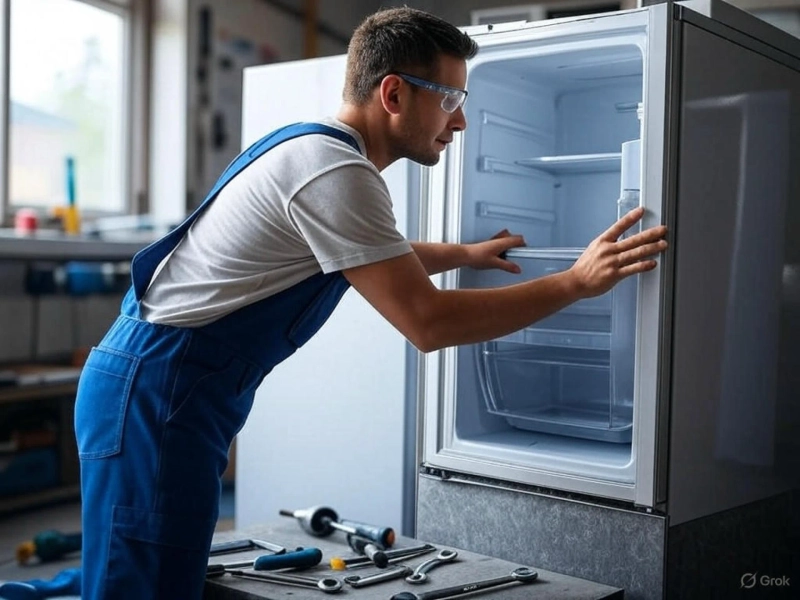When a household appliance stops working, it’s tempting to either panic or start looking for a new one right away. But sometimes, the issue is minor and fixable with a little troubleshooting. Other times, it’s a signal that professional help—or even a replacement—is necessary. If you live in Prairieville or Baton Rouge, LA, it’s helpful to know a few do-it-yourself checks you can perform before deciding to call in a pro. Here's how to figure out if your appliance needs professional appliance repair or if it’s something you can handle yourself.
1. Check the Power Supply First
This might seem obvious, but many appliance issues stem from a simple lack of power. Always check the following:
- Is the appliance plugged in securely?
- Is the outlet working? Try plugging in a different device.
- Has the circuit breaker tripped?
- For hardwired appliances (like dishwashers), is the wall switch on?
You’d be surprised how many "broken" appliances are simply victims of power issues.
2. Listen for Unusual Sounds
Appliances make noise, but grinding, buzzing, or clunking sounds often indicate a problem. For example:
- Refrigerators with a loud hum may have a failing compressor.
- Washing machines that bang or shake could be off-balance or have worn drum bearings.
- Dishwashers making grinding sounds might have food particles caught in the pump.
Some noise issues can be fixed by removing debris or adjusting placement. If the noise persists, it may indicate a part that needs professional replacement.
3. Check for Leaks
Leaks are common in dishwashers, washing machines, and refrigerators with water dispensers. Try the following:
- Inspect hoses and seals for visible wear, cracks, or looseness.
- Clean out blocked filters or drains.
- Make sure the appliance is level; tilting can lead to leakage.
If leaks continue despite these steps, it could mean a more serious internal issue like a faulty pump or cracked tub.
4. Inspect for Burning Smells or Smoke
Any burning smell, smoke, or scorch marks near plugs or cords is a red flag. Unplug the appliance immediately. These signs may point to:
- Wiring problems
- Short circuits
- Overheating motors
These are not DIY-friendly repairs and should be addressed by a licensed technician for safety reasons.
5. Evaluate Performance Issues
Sometimes the appliance runs, but poorly:
- Is your oven not heating evenly?
- Is your dryer taking forever to dry clothes?
- Is your fridge warm on one side?
Start by cleaning filters, vents, and coils. Dust and debris can significantly affect performance. If cleaning doesn’t help, the problem may lie in a thermostat, sensor, or another component requiring technical diagnosis.
6. Consult the Manual or Error Codes
Many modern appliances come with diagnostic features or display error codes. Your user manual or the manufacturer’s website can help you interpret these codes. If the code indicates a common issue (like a clogged filter), you may be able to resolve it on your own. However, repeated or unfamiliar codes usually suggest deeper problems.
7. Use Online Forums and Tutorials (With Caution)
There are countless forums and videos that can help you troubleshoot. These resources are useful, but be cautious:
- Only attempt repairs that you fully understand.
- Avoid working on gas appliances unless you’re trained.
- Don't open sealed systems (e.g., refrigerators) or handle electrical components without proper tools and safety knowledge.
Final Thoughts
Taking a few minutes to investigate an appliance issue can save time and money. But knowing when to stop is just as important. If your DIY attempts don’t solve the problem—or worse, seem to make it more complicated—it’s best to step back and consult a qualified appliance repair technician.
Knowing the difference between a simple fix and a complex malfunction can help keep your household running safely and efficiently.


